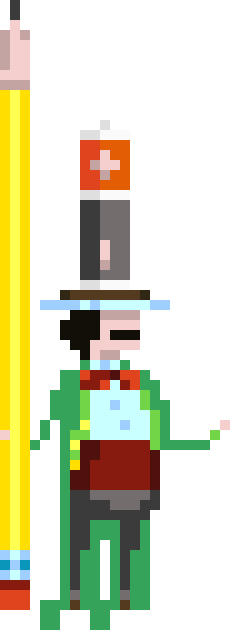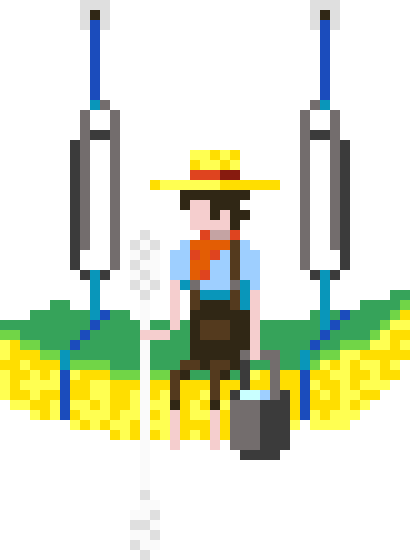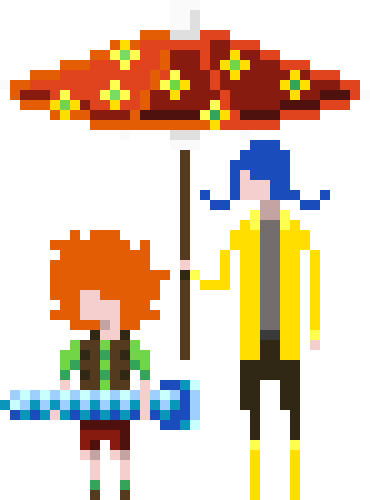



Slap brush, also referred to as stomp brush, mop brush, or crows foot, is a common pattern involving stippled ridges in a net-like pattern. It is created by using a stiff-bristled brush to stomp the initial application of mud.
Slap brush, also referred to as stomp brush, mop brush, or crows foot, is a common pattern involving stippled ridges in a net-like pattern. It is created by using a stiff-bristled brush to stomp the initial application of mud.
Slap brush is more involved than knockdown. It takes more time and focus.
Slap brush can be applied in a chaotic or regular way, except if it is too regular then it becomes rosebud.
Slap brush is hard to clean because of all the ridges.
Slap brush can be knocked down.
Slap brush can be hard to replicate in repairs if an uncommon brush was used.
Slap brush can hide imperfections.






Start with a Level 3 drywall finish, use a roller to apply an even coat (as even as you can get it without doing a proper skim coat) of all purpose joint compound mixed with water to your wall. Use the brush to stomp the pattern. Create an orderly pattern, or feel free to be chaotic.
This texture will not cover the whole surface, so the drywall needs to be a smooth surface. Make sure that your wall is at least up to a Level 3 drywall finish. This means that flat joints and interior angles have been taped and have one coat of joint compound smoothed over them. Accessories and fasteners need at least two separate smooth coats.
Note: If you plan on applying the texture thinly, you will need a Level 4 drywall finish.
There's no reason not to use "all purpose" joint compound for slap brush, but other formulations will probably work fine. Mix it in a 5 gallon bucket. Mix it by slowly pouring the water in while stirring constantly by hand with a mixing paddle or with an electric drill with a mixing attachment. Keep adding water and mixing until the consistency of the mud is smooth and creamy like a thick paint or pancake batter.
Let the mud sit for a couple minutes to allow any air bubbles to escape. Give it a good stir before use if it's been sitting for a while.
Put the roller skin on the paint roller. Connect the paint roller to the pole. Dip your roller into the 5 gallon bucket full of mud. Pull it out and shake it a once or twice to get some of the excess mud off. Slide it across the top edge of the bucket. The roller should be full of mud, but it shouldn't be dripping excessively, and it shouldn't be splattering mud everywhere when it's rolling.
Put the roller on the wall and rolling up and down until there's no mud left on it, and then put more mud on the roller.
After you've completed a wall or ceiling, cross the roller (without adding more mud) over the wall horizontally to even the coating out.
Start with a little bit of mud on your double brush. Take the brush and slap it against the surface. Depending on how close you keep the slaps, and if you rotate the brush between slaps, you'll create different patterns. You probably want to keep the slaps slightly overlapping, and rotate the brush 1/4 to 1/2 spin each slap.
You don't want to slap too hard that you're splattering mud or deforming the drywall. But you need to slap enough that it creates the desired pattern.
Slap away any flaws, including any roller marks from the previous step.
If you want, you can knockdown the texture with a knife after letting it sit for about 15 minutes. This will flatten the texture and make it easier to clean.
To create different patterns, you can also modify the brush by cutting bristles to different lengths, or sections of bristles.


